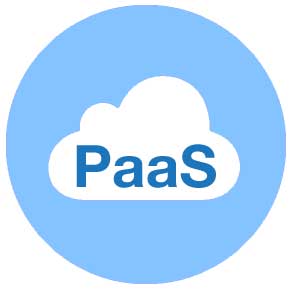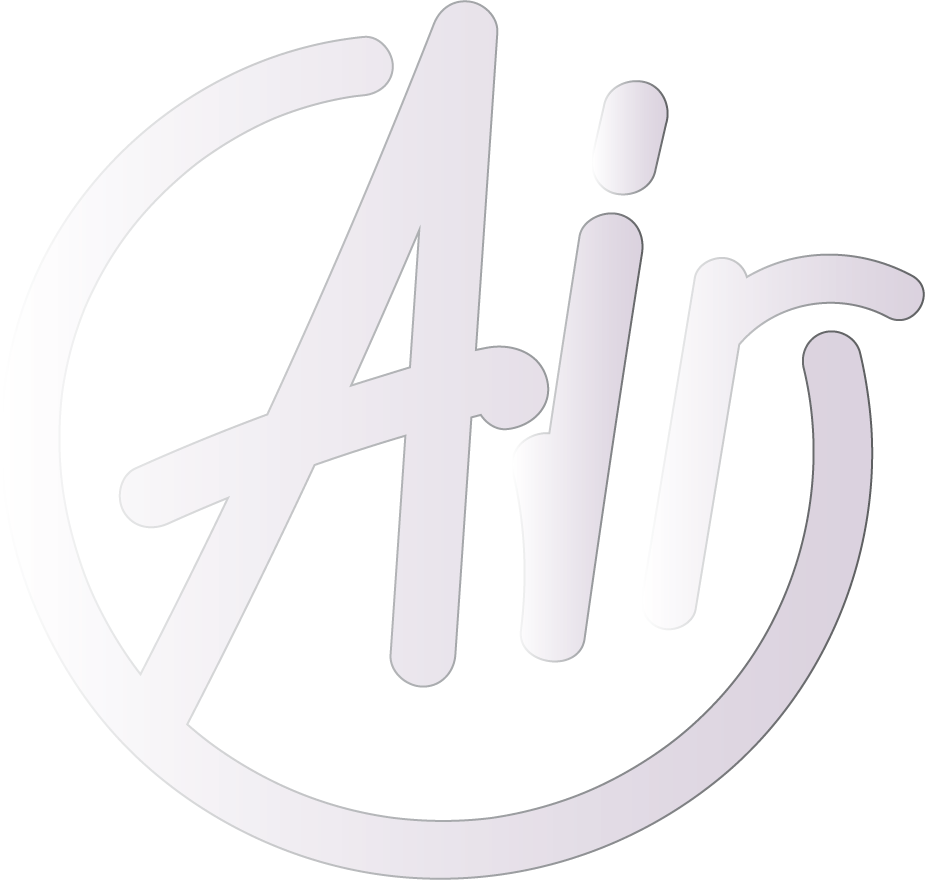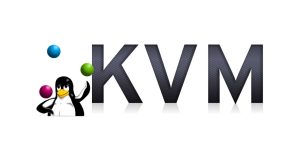In our last post, we have explained fully about SaaS which is one of the three main cloud computing services. The other two services are PaaS and IaaS and here we are going to explain PaaS.
PaaS stands for Platform as a Service. This is an amazing solution for running and developing an application without the obligation of having and installing all the needed hardware and software locally on your system. Because the PaaS providers have all the needed hardware and software on their infrastructure and you can use them. Generally, cloud computing is against installing and keeping hardware and software locally on every system. It suggests that if you use Platform as a Service, you can receive better services and features.

Why use PaaS?
- Save the money!: The best advantage of using Platform as a Service is that it reduces the initial costs. It means that you can just easily save the money you should pay for the hardware and software.
- Save the data!: the risk of losing data while using PaaS comparing to having the platform locally is much less. This is because the offering features of using this service are more capable of keeping your data safe than the other way.
- Save the time!: You can get faster results since you don’t need to spend your time planning all the needed resources and then providing them.
Basically, when you use Platform as a Service, It means that you no longer have to worry about the infrastructure or other related things. All you have to do is to create and run your program.
However, Using PaaS isn’t all pros and it can have its Cons too. When you choose to use this service, you should also deal with the risk of vendor lock-in and service downtime. To explain these two shortly, we can say that if you depend on these services for developing and running your application if the provider experiences downtime you can’t have access to the services anymore. And about Vendor lock-in means that if you only use those provided platforms (software and hardware) it might be super hard to change to other platforms if needed.
Hope you enjoyed this post if you did, visit our blog for more!





